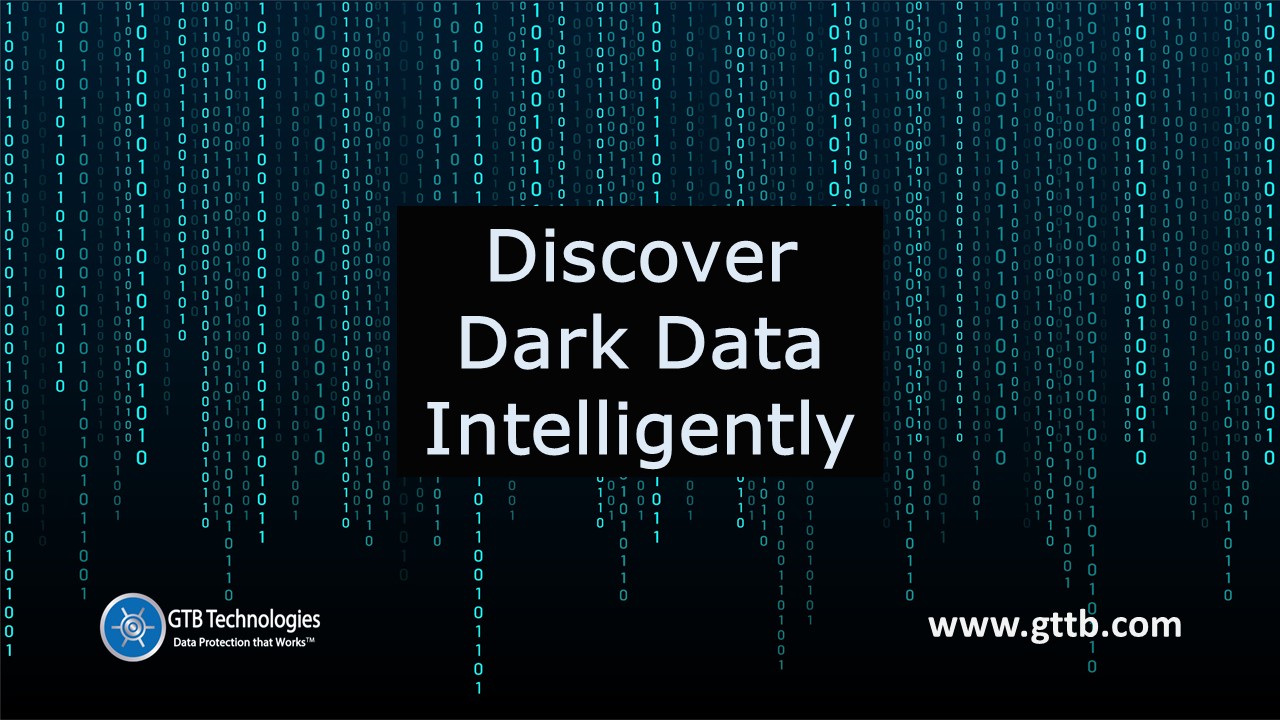Information overload.
One of the key phenomena that has come to define the digital age.
The consequences of this information glut cover a wide spectrum. From the analytical perspective, finding answers to important questions and identifying what constitutes relevant information, has become increasingly difficult for businesses seeking to navigate the sea of available data.
But there is a more widespread effect ever increasing data volumes are forcing businesses to deal with.
Enter the Dark Data
Gartner defines Dark Data as “the information assets organizations collect, process and store during regular business activities, but generally fail to use for other purposes.” The category includes all data objects and types that have yet to be assessed for their value to any business / competitive intelligence or decision making.
In today’s corporate milieu, Dark Data can pile up at an alarming rate.
Everything from past customer details, documents relating to past project plans, even files inadvertently downloaded while visiting web pages or receiving communications, all contribute to the mountains of information collecting on company databases and within data silos, file shares, CMS, DMS, email systems, cloud repositories, archives and legacy systems. It is not a surprise that in many cases, organisations aren’t even aware that this irrelevant data is being collected.
For years, experts have been pointing to the cons of ignoring the Dark Data build-up.
Industry estimates figure that around 90 percent of energy used by data centers is wasted. The storage and management costs of maintaining this amount of data has by all credible assessments already reached into the hundreds of billions for global business. The impenetrable digital milaze that emerges means that most companies end up analyzing but a fraction of their data–sometimes reaching just one percent of all information stored.
The Data Loss Factor
If the chaos and wasted resources were the only issues at hand, dealing with Dark Data would be bad enough. But the much more costly effect of this trend relates to how information pile-up effects data protection.
Simply put, the presence of Dark Data makes it immeasurably more difficult for companies to keep a handle on the data that actually matters.
To use the classic needle-in-a-haystack analogy, Dark Data build-up means that administrators are forced to guard the entire stack just to secure the needle. This doesn’t only mean more resources go into data loss protection, it means little assurance data will be protected at all.
Smart dark data discovery that works
The compounding of irrelevant data is, unfortunately, part and parcel of modern business. While complete eradication of Dark Data is nearly impossible for any organization, companies can take steps to insure actual high value information is kept safe.
GTB Data Protection that Workstm offers complete data discovery, monitoring, detection and prevention with a virtual zero false positive detection rate thus offering full transparency and protection. The efficiency of GTB’s technology means companies can accurately secure their data and reduce their risk exposure despite the high data-volumes that are part of operating in today’s business environment.

